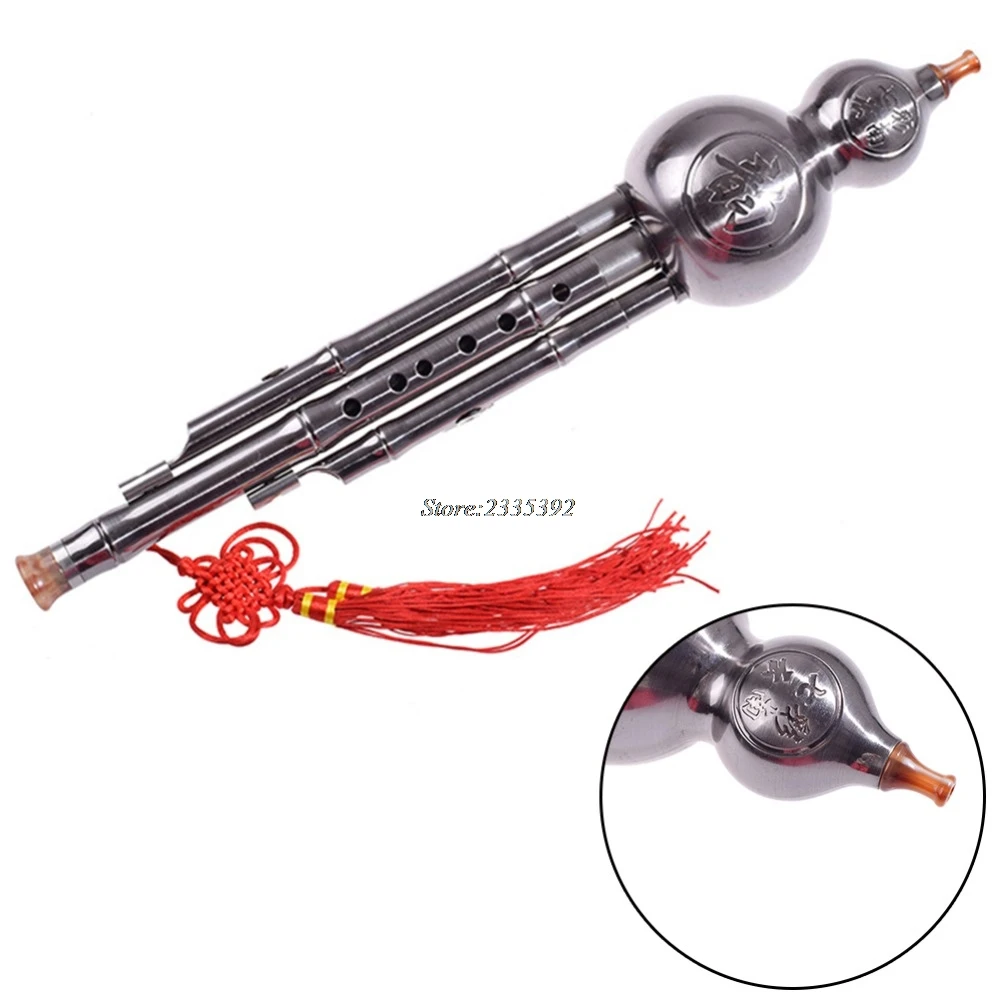| | Do you like listening to that smooth, toe-tapping music we call jazz? Do you enjoy to dance with your significant other to the sounds of Fats Domino, Louis Armstrong, or Duke Ellington?
While it's unquestionably cool to use words like 'Swing', 'Bebop' or 'Bossa Nova' when describing a jazz style, not very many people truly understand the distinction in between Hot Jazz, Classic Jazz or Afro-Cuban Jazz. If you do not know the difference in between one style of jazz and another, this article is for you. Read on if you want to up your cool quotient while discussing Hot Jazz:
Timeless Jazz: More commonly called 'New Orleans jazz' due to the fact that of its origins, classic jazz originated in the late 1800's - early 1900's with brass bands performing for celebrations and dances utilizing an assortment of musical instruments including the trombone, saxophone , tuba, clarinet, cornet, guitar, bass, drums and cornet. At the time, musical arrangements differed substantially from one performance to another.
Hot Jazz: Pioneered by Louis Armstrong, hot jazz was characterized by improvised solos that developed to a psychological and 'hot' crescendo that was supported by bass, drums and guitar or banjo.
Chicago Style Jazz: If New Orleans was the birth place of jazz, Chicago was the breeding place. Numerous young, vibrant players including Bud Freeman, Benny Goodman, Gene Krupa and Eddie Condon substantially enhanced jazz improvisations with a mix of high technical ability and harmonic, ingenious plans.
Swing: During the traditional 1930's, a lot of Jazz groups were Big Bands who played a robust and invigorating version of Classic Jazz. More commonly called Swing, for the first time jazz was utilized as dance music. A number of the most popular musicians the world has every heard were swing jazz musicians. The popular jazz swing gamers include individuals such as Duke Ellington, Count Basie, The Dorsey Brothers, Glenn Miller, and Louis Armstrong, among others. Of course, the genre of ballroom dance called swing grew out of jazz swing music.
Bebop: Immortalized by trumpeter Dizzy Gillespie and alto saxophonist Charlie Parker who engaged in chordal improvisations, Bebop was a complete deviation from mainstream jazz that was generally originated from the melodic line.
Bossa Nova: Initiated as "Brazilian jazz" by Brazilian's Antonio Carlos Jobim and Joao Gilberto, Bossa Nova is a mix of sexy Brazilian samba rhythms, classical European consistencies and West Coast cool. Adopting the Bossa Nova design, West Coast saxophonist Stan Getz and guitar player Charlie Byrd offered this jazz form a huge increase in the United States around 1962.
Afro-Cuban Jazz: Also called Latin jazz, Afro-Cuban jazz can be traced back to percussionist Chano Pozo and trumpeter- arranger Mario Bauza. Identified by its extremely contagious rhythms integrated with Jazz improvisations, Afro-Cuban jazz is normally played using rhythm instruments consisting of bongo, timbale, conga together with various Latin percussion instruments and is typically accompanied by guitar or piano and signed up with by vocals or horns.
Now that you know what the various types of jazz music are, you can speak smartly about the music that you enjoy! Get out there and have some great jazzy enjoyable!

While it's certainly cool to use words like 'Swing', 'Bebop' or 'Bossa Nova' when describing a jazz design, not really lots of individuals actually know the difference between Hot Jazz, Classic Jazz or Afro-Cuban Jazz. If you do not understand the difference in between one style of jazz and another, this short article is for you. Swing: During the classic 1930's, most Jazz groups were Big Bands who played a stimulating and robust version of Classic Jazz. Of course, the genre of ballroom dance called swing grew out of jazz swing music.
| | | |
|





